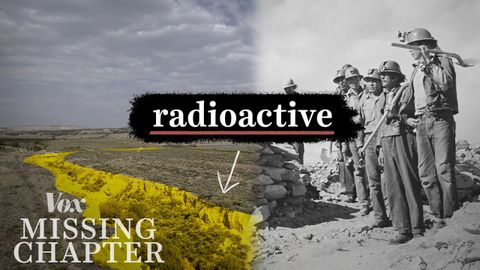アメリカ史上最大の放射性物質流出 (The biggest radioactive spill in US history)
林宜悉 が 2020 年 10 月 12 日 に投稿  この条件に一致する単語はありません
この条件に一致する単語はありませんUS /ɪˈvɛntʃuəli/
・
UK /ɪˈventʃuəli/
- n. (c./u.)(ある土地に)生まれた人;全国の;(ある言語を)第一言語とする人
- adj.生まれつきの
US /kəˈmjunɪti/
・
UK /kə'mju:nətɪ/
- n. (c./u.)社会集団;一体感;オンラインコミュニティ;生物群集;実践共同体;欧州共同体
- adj.地域社会の;共同の
- n. (c./u.)病気;植物病;弊害
- v.t.むしばむ
エネルギーを使用
すべての単語を解除
発音・解説・フィルター機能を解除
